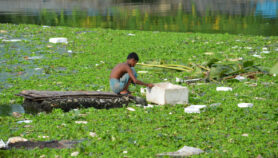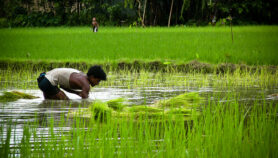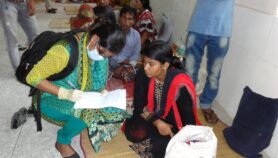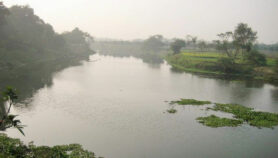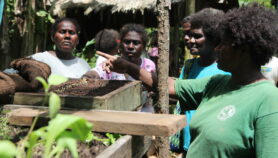18/03/21
Groundwater depletion in India ‘threatens food security’
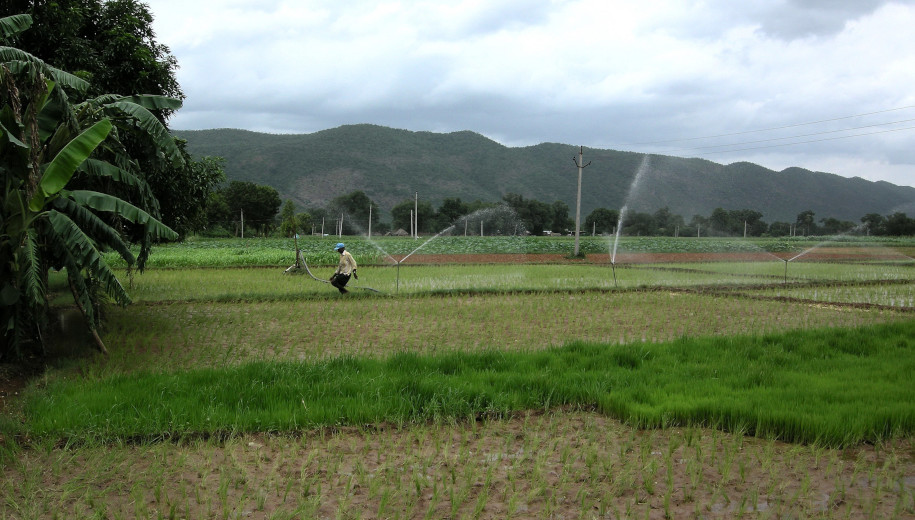
Send to a friend
The details you provide on this page will not be used to send unsolicited email, and will not be sold to a 3rd party. See privacy policy.
[NEW DELHI] Groundwater depletion in India could result in a reduction in food crops by up to 20 per cent across the country and up to 68 per cent in regions projected to have low future groundwater availability in 2025, says a study.
Groundwater is a critical resource for food security, accounting for 60 per cent of irrigation supplies in India, the world’s largest consumer of underground water, said the study, published in Science Advances. But unsustainable consumption of groundwater for irrigation and home use is leading to its depletion.
Using high-resolution satellite imagery and census data, the study quantifies the impact of groundwater depletion on cropping intensity. As the second largest producer of wheat, rice and lentils in the world, India accounts for ten per cent of the world’s agricultural production with over 600 million farmers dependent on agriculture as a primary source of livelihood.
Any huge losses in production will not only affect Indian agriculture but will also threaten food security in South Asia and the world, the study said.
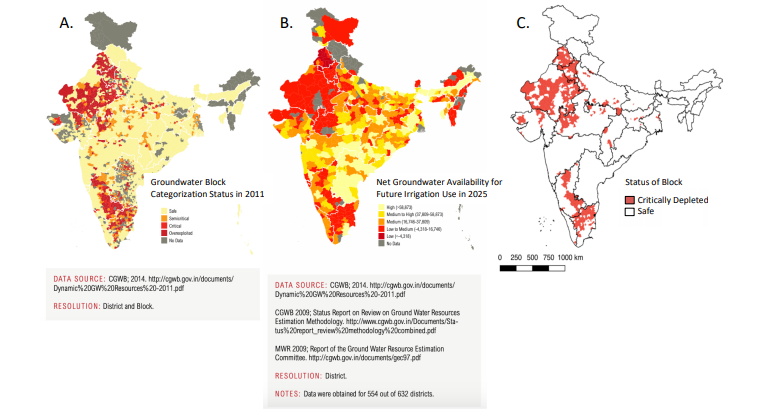


Map of regions in India with critically depleted groundwater. Map showing areas that (A) currently have falling groundwater tables as estimated empirically using well data (at the Block level) and (B) are projected to have low groundwater availability in 2025 (at the District level) according to hydrological models run by the Central Ground Water Board of the Ministry of Water Resources in India (Panels A and B created from Shiao et al., India Water Tool, 2015 using modified legends). We defined ‘critically depleted’ regions (C) as those Blocks that currently have water tables that are falling (defined as overexploited, critical, or semi-critical; A),and are projected to have low net groundwater availability for future irrigation uses in 2025 (B). Caption and image credit: Science Advances.
Meha Jain, lead author of the study and assistant professor at the University of Michigan, US, tells SciDev.Net: “Our results suggest that reductions in crop area will occur largely in the states that grow wheat, potentially leading to substantial reductions in wheat production in the future. This could have ramifications for food security given that India is the second largest producer of wheat globally — and wheat provides approximately 20 per cent of household calories in India.”
Sheshshayee Sreeman, professor at the University of Agricultural Sciences (UAS), Bangalore, says studies by other institutions have predicted similar results. “There is an increase in productivity but that unfortunately cannot match the rate at which resources are being depleted. Land resources are being depleted by urbanisation and industrialisation as are water resources.”
“There is an increase in productivity but that unfortunately cannot match the rate at which resources are being depleted”
Sheshshayee Sreeman, University of Agricultural Sciences (UAS)
The study considered whether irrigation canals that divert surface water from lakes and rivers can make up for groundwater depletion but found that this would favour farms close to canals, leading to unequal access.
“In our study we found that, compared to tube well irrigation (stainless steel pipe bored into an underground aquifer), canal irrigation was associated with less winter cropped area and cropped area that was more sensitive to rainfall variability,” says Jain. “This suggests that if farmers switched away from using tube wells to using canal irrigation, winter cropped area would likely decrease and become more sensitive to rainfall variability.”
Sreeman suggests increasing the “water productivity” of crops that are intense users of water, especially rice and sugarcane. “Scientists at the UAS are focusing on improving drought adaptive traits in rice,” he says. “Such research needs to be supported and expanded. This would be the best strategy to cope with food and nutrient demands in a scenario of depleting water resources.
“Multiple approaches are needed — increase in irrigation, improved access to surface water irrigation, increased groundwater recharge, adoption of water conservation strategies and switching to crops that are less water intensive. Our results show that only switching to surface water irrigation will not fully compensate for the loss of groundwater.”
This piece was produced by SciDev.Net’s Asia & Pacific desk.






